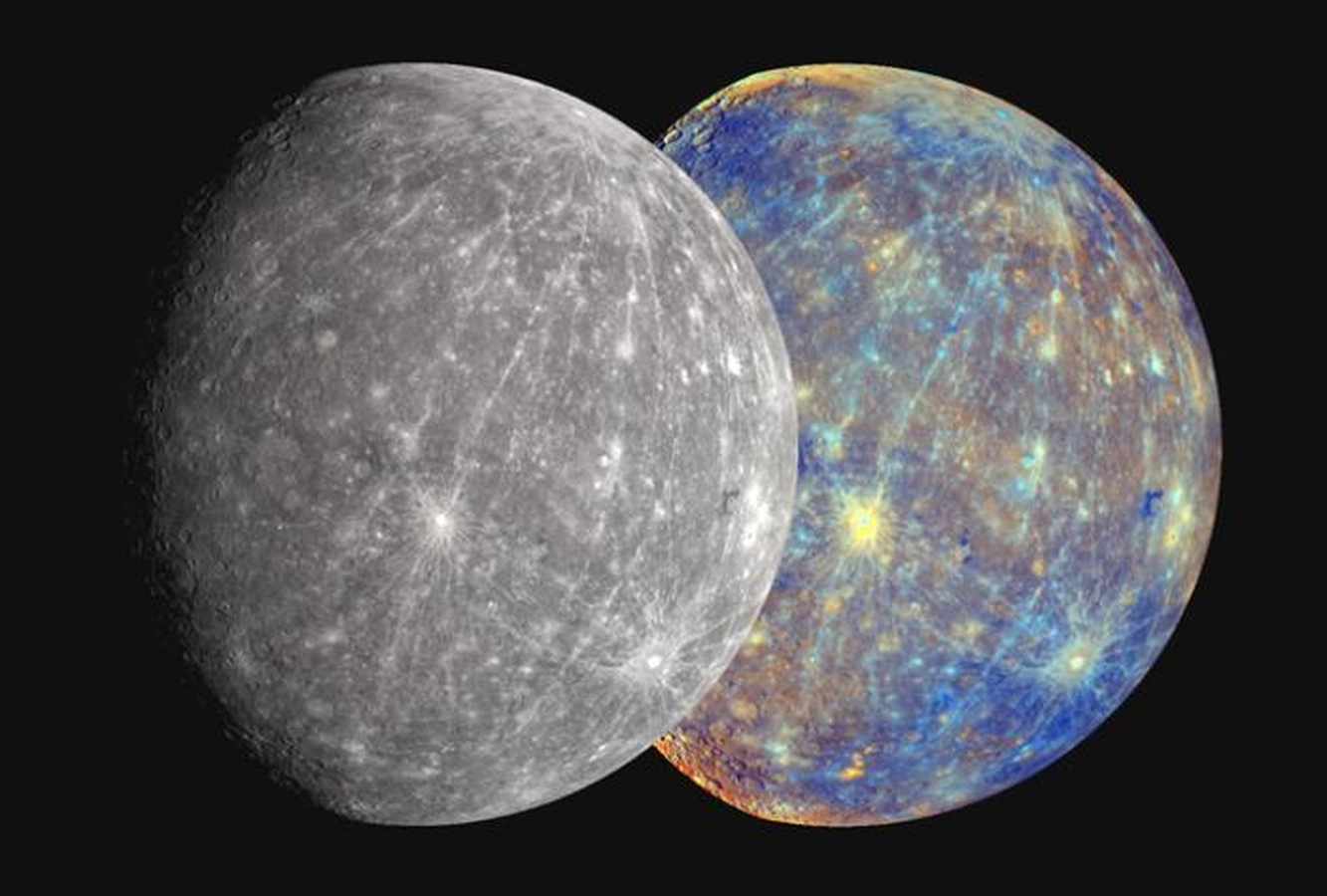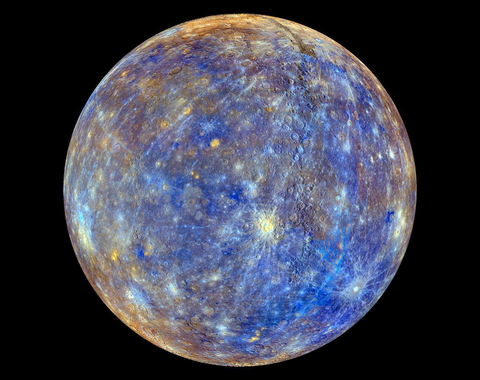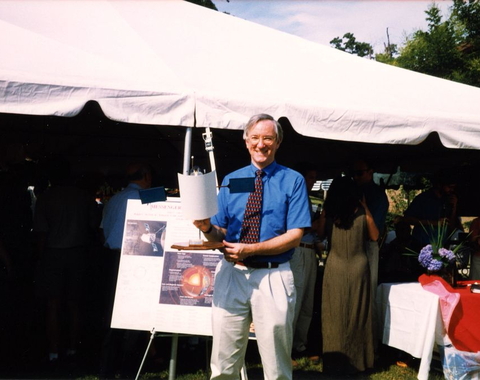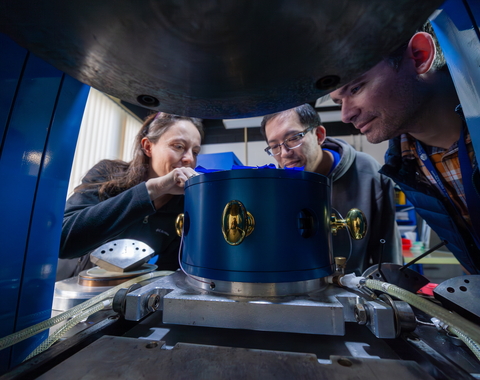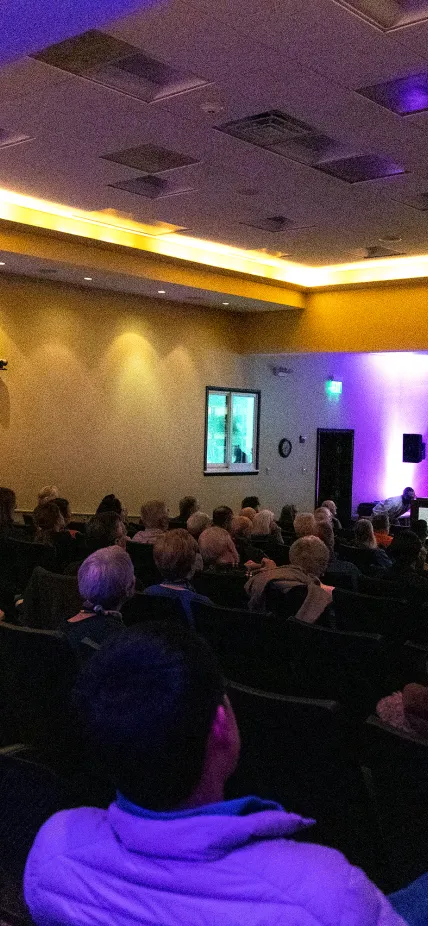NASA’s MESSENGER mission transformed what we know about Mercury, from its surface chemistry to its unexpected magnetic field. But the mission left behind just as many questions as it answered—especially about the planet’s mysterious interior and evolution. In this Neighborhood Lecture, Carnegie Science Staff Scientist Anne Pommier will guide us through the latest discoveries about Mercury, drawing from her recent work at the Earth and Planets Laboratory.
Blending insights from planetary science, geophysics, and high-pressure lab experiments, Pommier will explore what we now know—and still hope to learn—about Mercury’s composition, thermal, and magnetic history. Whether you're a space or lab enthusiast, this event is your chance to dive deeper into the science that’s reshaping our understanding of the Solar System’s smallest planet.
Details
The presentation will begin at 6:30 PM EDT in the Greenewalt Auditorium of Carnegie Science’s Broad Branch Road Campus in NW, Washington, DC. (Doors at 6:00 PM EDT.)
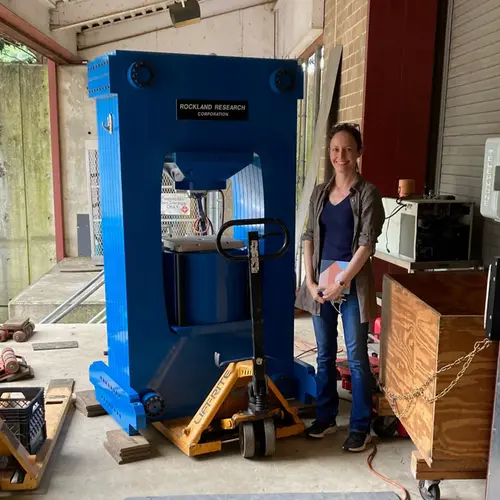
About the Speaker
Dr. Anne Pommier is a civil engineer and geoscientist by training. She received her Ph.D. in November 2009 from the CNRS-University of Orleans, France, working on the electrical properties of magmas, with application to Mount Vesuvius, Italy. After postdoctoral experiences at MIT and Arizona State Univeristy SU, she became a faculty member at UC San Diego-Scripps Institution of Oceanography in 2014, where she built a high-pressure lab. She received an NSF-CAREER award in 2018 and was promoted with tenure in July 2020. One year later, she moved to the Carnegie Science Earth & Planets Laboratory.
As a mineral physicist, Dr. Pommier conducts experiments in the lab to probe the physical and chemical properties of mantle and core analogs. The aim is to understand the present-day composition and evolution of terrestrial planets and moons (such as Earth, the Moon, Mars, and Mercury). One specialty of her lab is to perform in situ electrical measurements on samples at high pressures and temperatures.
At Carnegie, she works in close collaboration with researchers in geophysics, planetary sciences, geodynamics, and chemistry.
